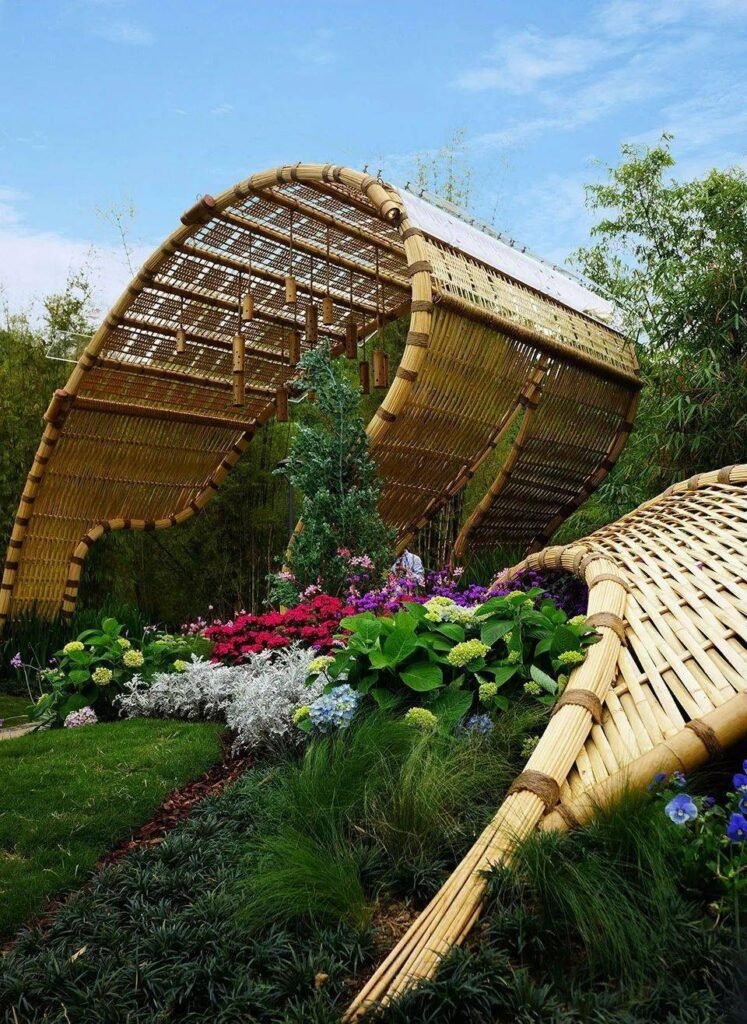Bamboo, as a renewable resource with the characteristics of rapid growth and ecological protection, is often hailed as the green gold of the 21st century and is causing waves in the world of sustainable products and handicrafts. Using bamboo for weaving can not only reduce dependence on limited wood resources, but also reduce energy consumption and environmental pollution in the production process. Therefore, inheriting bamboo weaving culture helps promote environmental protection concepts and promote sustainable development. From daily necessities to complex handicrafts, the appeal of bamboo lies not only in its aesthetic value, but also in its sustainability.
The rise of bamboo products
In recent years, with consumers becoming increasingly aware of their environmental footprint, sustainable living has undergone significant changes. Bamboo products have become a popular choice, providing a viable alternative to plastics and other non renewable materials. The reasons for this transformation are multifaceted.
Firstly, bamboo is a fast-growing plant that can mature within three to five years. This rapid growth rate means that bamboo can be harvested more frequently than traditional hardwood, making it a highly renewable resource. Secondly, bamboo is very durable and has a wide range of uses. And the durability of bamboo ensures the longevity of these products, reducing the need for frequent replacement.

Bamboo art is the fusion of traditional culture and innovative development
Bamboo handicrafts hold a special position in the world of handicrafts. They represent the fusion of tradition and innovation, as craftsmen use ancient technology to create contemporary works that resonate with modern consumers.
One of the most attractive aspects of bamboo handicrafts is their diversity. From complex baskets and woven mats to elegant lampshades and decorative artworks, artists are all handcrafting. Each item proves the craftsman’s skills and creativity, reflecting their deep connection with nature and cultural heritage.
The production process of bamboo handicrafts is labor-intensive and requires high craftsmanship. This meticulous attention to details ensures that each piece is unique, with its own unique personality and charm.
The environmental benefits of bamboo
Bamboo, as an environmentally friendly material, has the characteristics of strong carbon sequestration ability, fast growth rate, renewability, and biodegradability. Bamboo not only has various uses in construction, daily necessities, food, etc., but also serves as a carbon sequestration material to fix the carbon in it and prevent it from being released, which is of great significance for achieving the dual carbon goals.
With technological innovation, the application of bamboo will become increasingly widespread, providing support for environmental empowerment in various industries of production and life.
Bamboo products entering modern daily life
In modern society, with the improvement of people’s cultural awareness and the emphasis on traditional culture, intangible cultural heritage bamboo woven cultural and creative products have gradually received people’s attention and love. These products not only have practical value and cultural connotations, but also incorporate modern design concepts and elements, bringing new vitality and vitality to traditional craftsmanship. At the same time, promoting and inheriting the bamboo weaving technology of intangible cultural heritage also helps to promote the excellent traditional culture and national spirit of the Chinese nation.

Conclusion
Bamboo weaving is not only an artistic creation, but also an important component of traditional Chinese culture. Through bamboo weaving art, people can feel the Chinese people’s reverence for nature and love for life. Bamboo weaving works showcase the ancient Chinese people’s observation of nature and pursuit of beauty, bringing endless surprises and joy to people. Bamboo products and handicrafts provide a harmonious integration of beauty, durability, and sustainability. Embracing bamboo, whether through daily necessities or exquisite handicrafts, is a step towards a greener and more sustainable future.

Leave a Reply